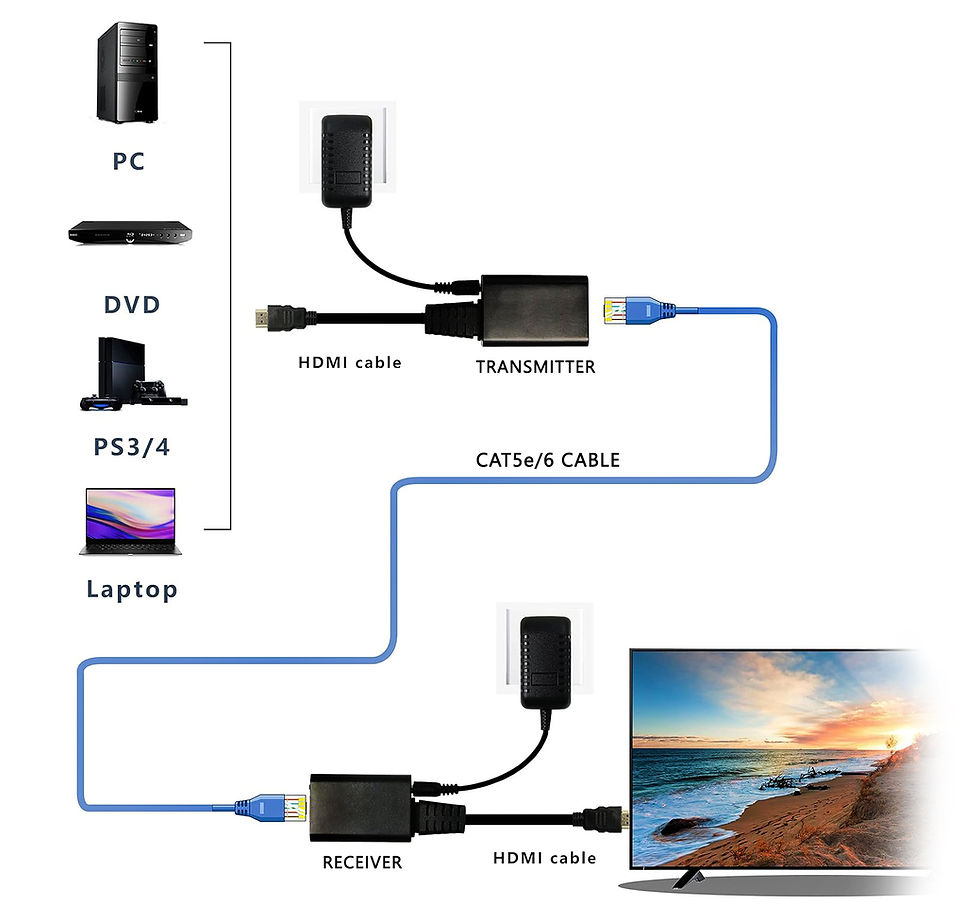Is Low Voltage Pre-Wiring Really Worth It?
- Lotar Lot
- Feb 4, 2024
- 3 min read

Low voltage prewiring is the process of installing low voltage wiring in a building or house before the walls and ceilings are finished. This type of prewiring is typically used for home automation, security systems, and other low voltage systems. While it may require some extra work during the construction phase, there are many advantages to prewiring for low voltage systems. In this article, we will discuss the benefits of low voltage prewiring and why it is becoming increasingly popular in modern home construction.
1. Cost-Effective
One of the main advantages of low voltage prewiring is its cost-effectiveness. By prewiring for low voltage systems during the construction phase, you can save a significant amount of money compared to retrofitting the wiring after the walls and ceilings are finished. This is because the wiring can be easily installed within the walls and does not require any additional labor or materials. Additionally, prewiring allows for easier access to the wiring, making future upgrades or repairs more affordable.
2. Flexibility and Customization
Prewiring also allows for more flexibility and customization in terms of the placement and design of low voltage systems. Since the wiring is installed before the walls are finished, it can be easily routed and concealed to fit the specific needs and preferences of the homeowner. This allows for a cleaner and more seamless integration of low voltage systems into the design of the home.
3. Future-Proofing
With the rapid advancement of technology, it is essential to future-proof your home as much as possible. Low voltage prewiring allows for the installation of more advanced and sophisticated systems in the future without the need for extensive renovations. This is particularly beneficial for homeowners who want to stay up to date with the latest technology without having to constantly upgrade their wiring.
4. Increased Home Value
Prewiring for low voltage systems can also increase the value of your home. Many homebuyers are now looking for homes with prewired technology, as it offers convenience, security, and energy efficiency. By having low voltage prewiring in place, you are making your home more attractive to potential buyers and increasing its overall value.
5. Energy Efficiency
Another significant advantage of low voltage prewiring is its energy efficiency. Low voltage systems require less power than traditional electrical systems, resulting in lower energy consumption and ultimately, a decrease in utility bills. Additionally, many low voltage systems come with energy-saving features, such as motion sensors and timers, which can further reduce energy consumption.
6. Convenience and Security
Prewiring for low voltage systems offers many conveniences and security benefits for homeowners. With a prewired home, you can easily control and automate various systems, such as lighting, heating, and security, with just the touch of a button or a voice command. This not only adds convenience to your daily life but also increases the security of your home by allowing you to monitor and control it from anywhere.
Low voltage prewiring, without doubt, offers numerous advantages for homeowners, from cost-effectiveness and flexibility to convenience and increased home value. With the increasing demand for smart homes and the rapid advancement of technology, prewiring for low voltage systems is becoming a must-have in modern home construction. So, if you are planning to build a new home or renovate your existing one, consider the benefits of low voltage prewiring and make your home future-ready.








